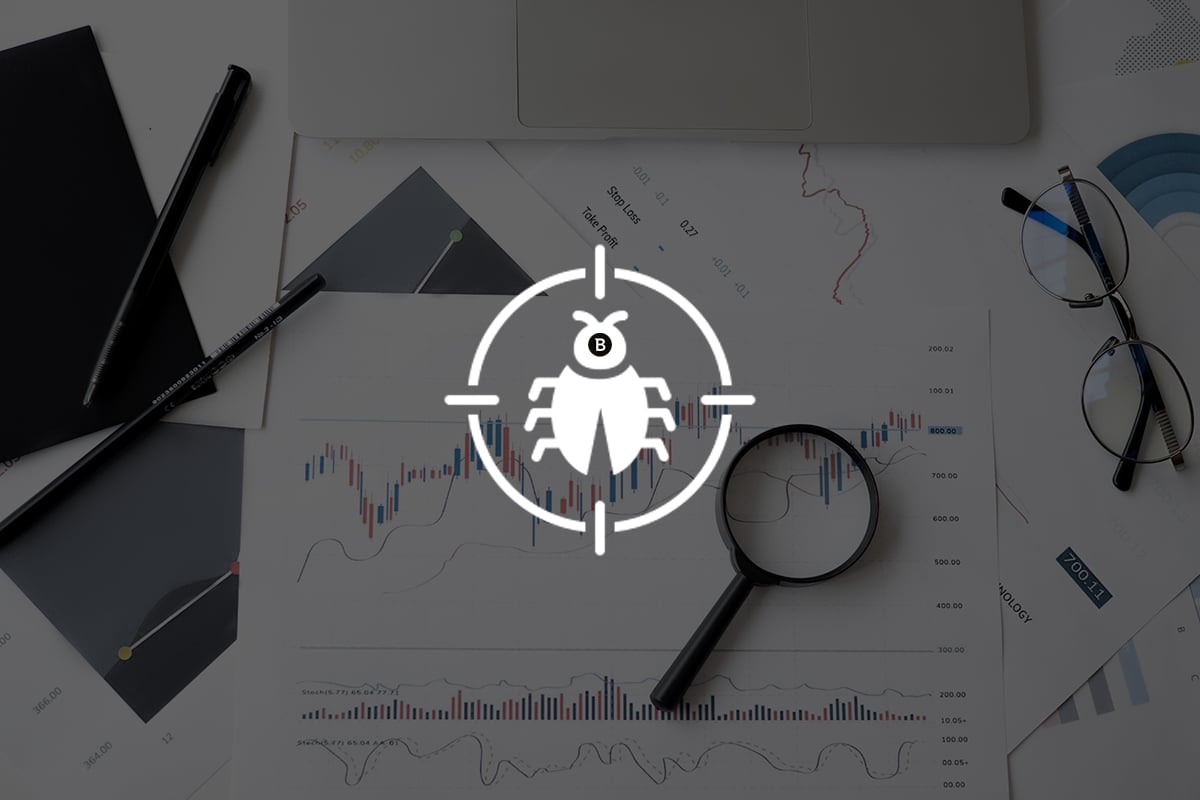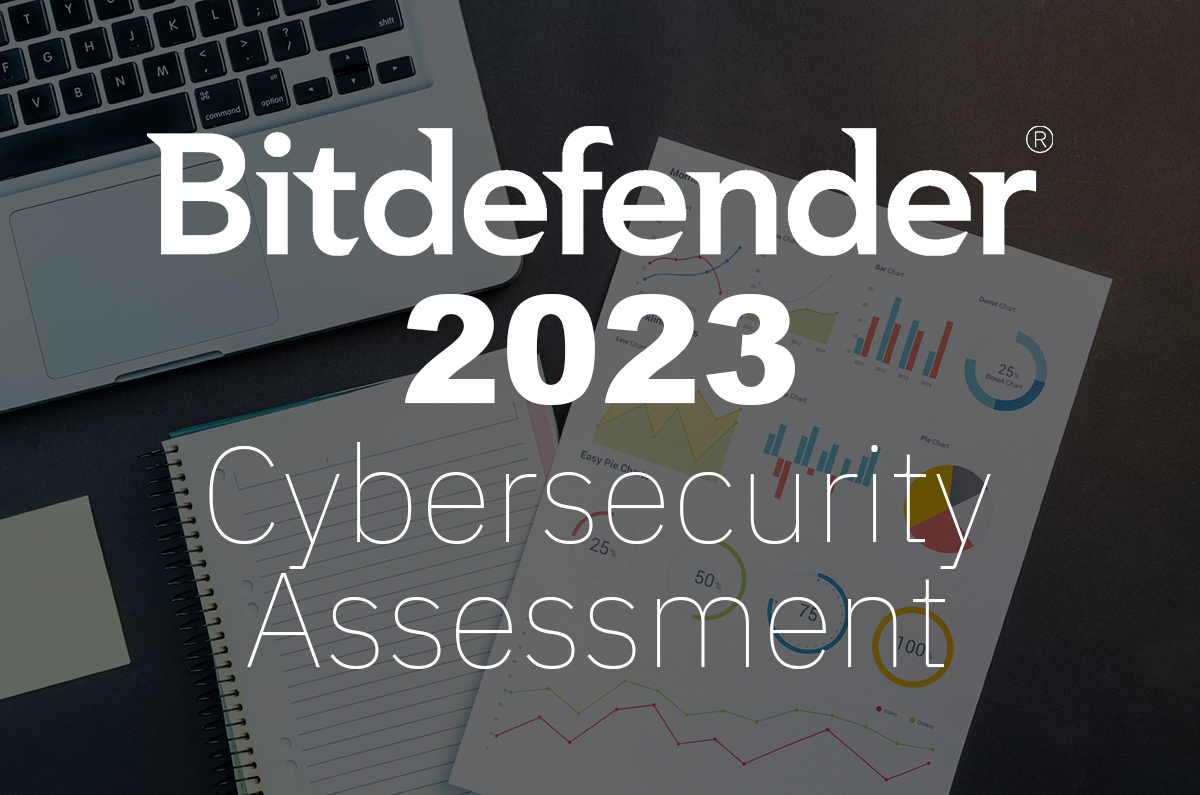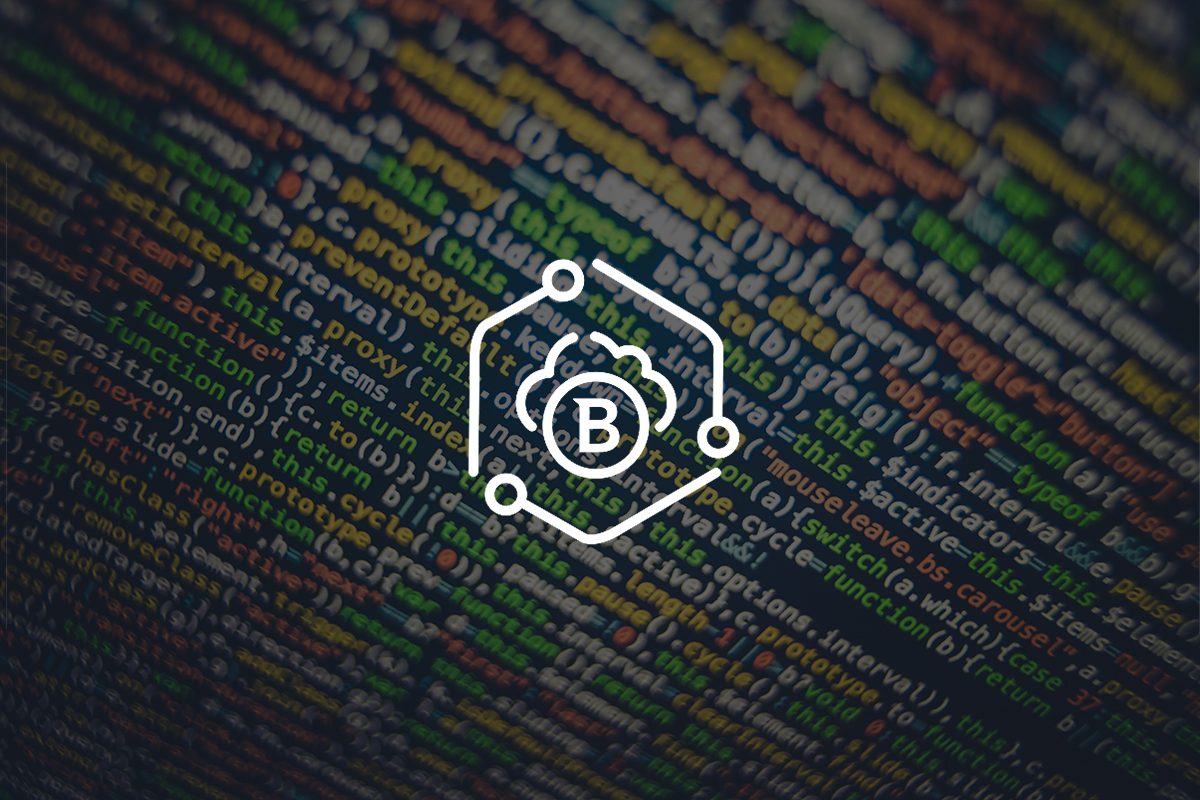What Is Dynamic Malware Analysis?

Malware is an ongoing threat that is easy for sophisticated threat actors to execute. However, it’s not always so easy to identify and resolve malware incidents without the help of tools designed for malware analysis. Dynamic malware analysis is one such tool that helps organizations gain a deeper understanding of how threats work and what they can do to prevent future incidents.
One of the greatest advantages of dynamic malware analysis over other approaches to malware analysis is that it’s good at identifying new threats that have not yet been discovered on other systems. Find out how dynamic malware analysis helps companies prevent advanced attacks with this handy guide.
What is malware analysis?
Malware analysis is a process that enables IT and security teams to understand the purpose and behaviors of a suspicious file.
Reports that analyze how malware enters and acts within a system help teams detect and mitigate threats. Last year, cyber-attacks increased by an average of 50%. Malware analysis can help change this by informing security and IT professionals about new threats emerging on the scene.
Security analysts and incident response teams benefit from malware analysis in a few key ways:
- Reduce workload by eliminating false positive and false negative detections
- Prioritize incidents by severity
- Find new IOCs
- Improve alerts and notifications
There are three types of malware analysis tools: static, dynamic, and hybrid. Static malware analysis tools examine files without executing code, so they are easy to use and can help identify areas to investigate. Dynamic malware analysis tools execute suspicious codes to find suspicious actions. And hybrid malware analysis tools identify risks with both static and dynamic techniques. Malware Sandbox is a dynamic malware analysis technology that analyzes files and URLs in a secure virtual environment.
Dynamic malware analysis is particularly helpful for discovering sophisticated attacks, so many organizations are switching to dynamic and hybrid malware analysis tools. Let’s take a closer look at what dynamic malware analysis is, how it works, and its benefits and limitations.
Dynamic malware analysis defined
While static analysis depends on examining the content of specific files and programs for potentially malicious content, dynamic malware analysis involves executing potentially malicious code to monitor its behavior.
The code is executed in a sandbox environment so that security analysts can examine potential threats without putting the system at risk of infection. Dynamic malware analysis is particularly helpful for uncovering threats not previously documented, such as zero-day threats. These threats are not usually found using static malware analysis, which is why dynamic analysis is so crucial to keep organizations secure.
How dynamic malware analysis works
After a suspicious file is flagged and the threat is sequestered in a sandbox, the code is detonated and dynamic malware analysis begins. Dynamic malware analysis uses a behavior-based approach to understand potential threats, so making observations and logging any actions the program makes both inside and outside the sandbox environment is essential.
Malware detonated in a sandbox environment is kept safely away from mission-critical storage and systems, while also remaining active in the analysis system environment. This is important because the program can run its course in the analysis environment, allowing analysts to gain as much information as possible about the purpose and actions of the malware.
Some of the information that dynamic malware analysis can reveal include:
- File system changes
- Registry changes
- Application security changes
- Network settigns changes
- Firewall changes
- Writes to memory
- Process creation / termination / injection
- SSDT, IDT, IRP hooks
- Executed API instructions
- Network connections
- Detection evasion attempts
Context, intent and behaviors are all features unique to different types of malware. Seeing the program execute its functions in real time helps teams understand the kind of threats they are up against and how they can protect their systems from similar attacks.
Benefits of dynamic malware analysis
Dynamic malware analysis offers threat hunters deeper visibility into potential malware threats than static analysis alone. Static analysis is good for discovering known code injections, but fails to provide insights into more sophisticated malware threats. Dynamic analysis helps teams uncover the true nature of threats and can be automated for speedy discovery.
A recent report states that 62% of organizations have understaffed cybersecurity teams, putting a strain on incident responders and investigators. With less staff, there is more pressure to act quickly when it comes to understanding and patching new threats. However, this often leads to costly mistakes and a more superficial understanding of system vulnerabilities.
Here are some of the benefits of using dynamic malware analysis to uncover malware threats:
- Identifies threats in a secure environment
- Automated tools can be programmed to scan for specific events and behaviors
- Analyze applications without access to code
- Identify false negatives left by static analysis
- Validates static analysis reports
- Detects known and unknown threats
- Detects persistent malware threats
- Aids in the understanding of program capabilities
- Identifies malware intent
- Helps teams understand unique TTPs of attackers
- Identifies both IOCs and IoAs
- Avoid future breaches and security incidents
Dynamic malware analysis tools offer teams a better way to identify threats in a timely manner without compromising accuracy. With the help of automation, programs that are marked suspicious can be automatically sequestered and detonated in a secure environment, generate reports, and offer remediation insights that assist IT and security teams in protecting their systems from future malware attacks.
Challenges and limitations
Dynamic malware analysis is an extremely helpful tool for SOC analysts, threat hunters and security teams, but there are a few challenges and limitations to understand before deploying a dynamic malware analysis tool.
Threat actors are typically very tech-savvy. They know what sandboxes are and they sometimes detect a sandbox environment within a target system. Armed with this knowledge, adversaries can work to deceive the sandbox technology by planting code inside that remains dormant until certain conditions are met. They can then mess with reports, further infect the system, and carry out advanced attacks.
Some examples of advanced attacks that may overcome dynamic analysis include:
- Context-aware malware
- Malware that detects sandboxes
- Malware that exploits sandboxes
- Delayed-attack malware
Dynamic malware analysis is still recommended over static analysis since it results in a higher detection rate for sophisticated malware threats. But it is important that teams consider that some threat actors have developed programs meant to overcome dynamic analysis methods.
As you can see, sandboxing is not a foolproof solution to malware threats. Knowing when and how to use a sandbox under certain conditions is crucial to the effectiveness of dynamic malware analysis. Be sure to scan files individually to avoid contamination, and create processes to avoid security bottlenecks.
Dynamic vs. static malware analysis
Dynamic malware analysis is one of the best methods for detecting sophisticated malware threats that are becoming more common as malicious actors improve their attack techniques. Organizations should employ dynamic malware analysis in addition to, or instead of, static malware analysis in a layered cybersecurity approach. Although static analysis is helpful for finding known threats and vulnerabilities, dynamic analysis is the better choice for a more comprehensive understanding and prevention of malware threats.
Learn more about how dynamic malware analysis can improve your team’s ability to prevent advanced threats.
tags
Author

Shanice Jones is a passionate business technology writer. She is based in Chicago, USA. For more than five years, she has helped over 20 startups build B2C and B2B content strategies that have allowed them to scale their businesses globally.
View all postsRight now Top posts
FOLLOW US ON SOCIAL MEDIA
SUBSCRIBE TO OUR NEWSLETTER
Don’t miss out on exclusive content and exciting announcements!
You might also like
Bookmarks










